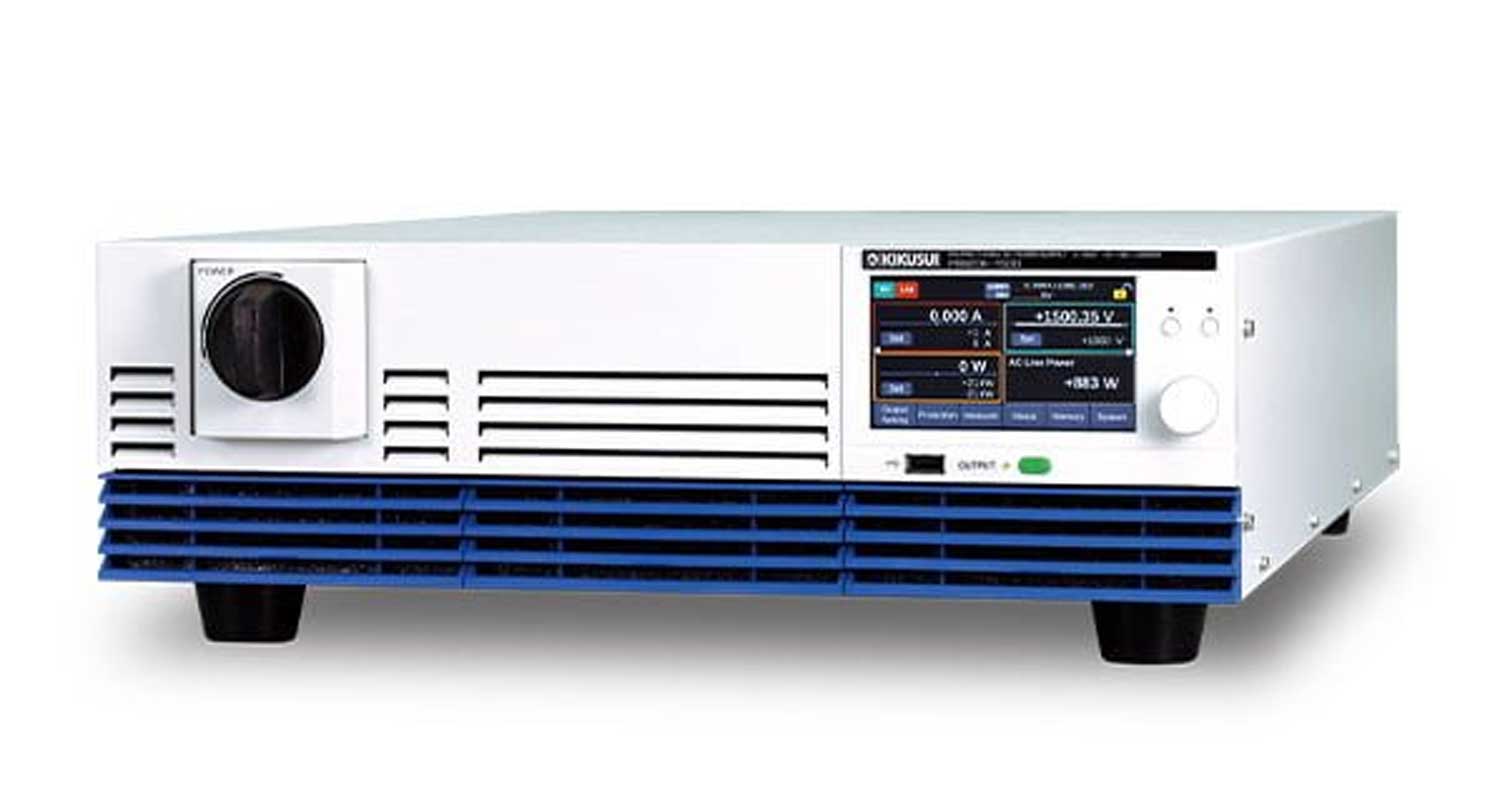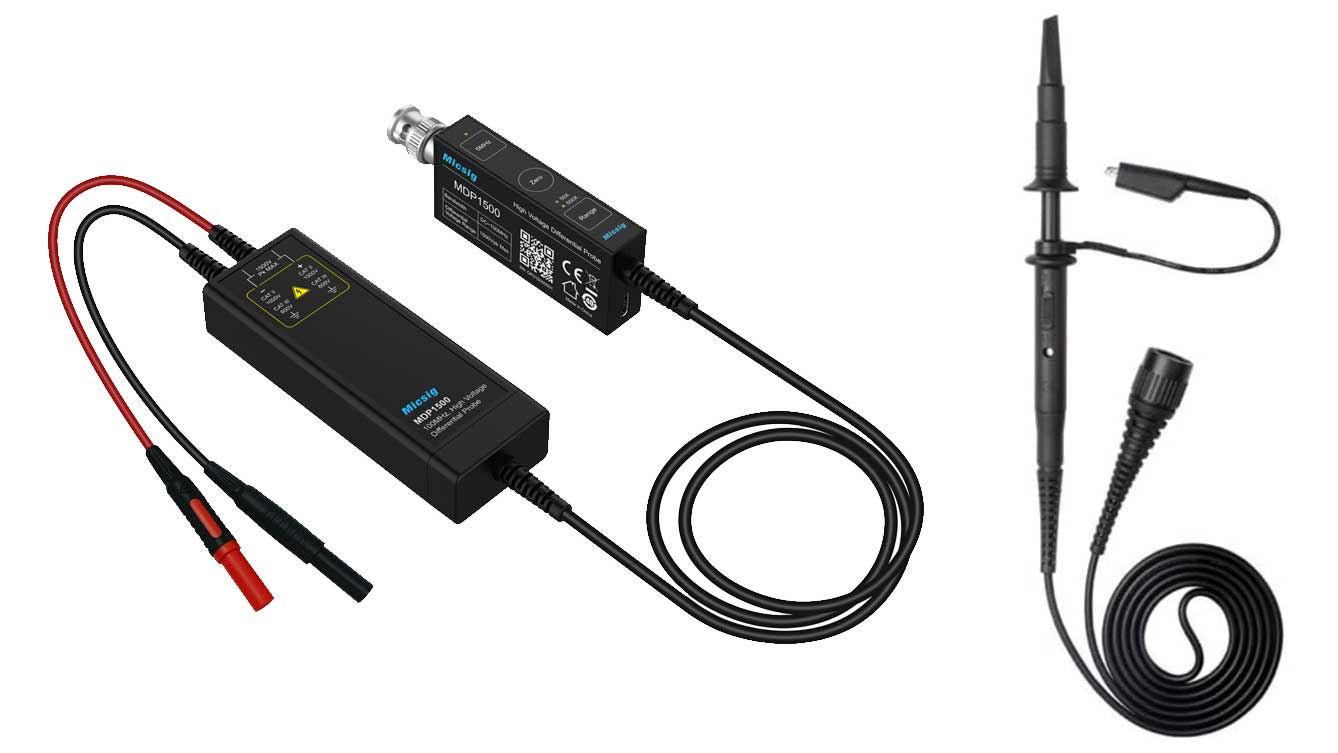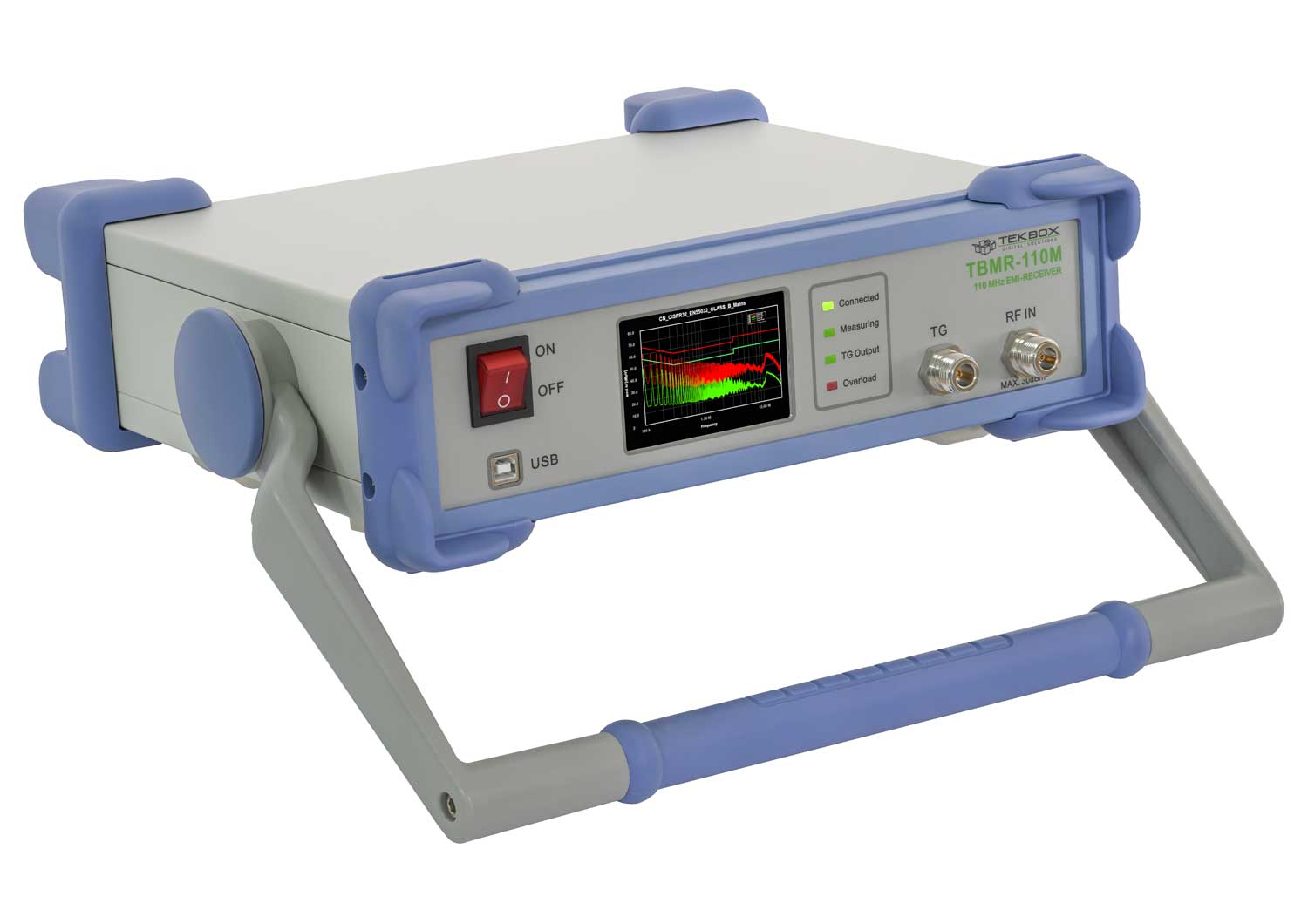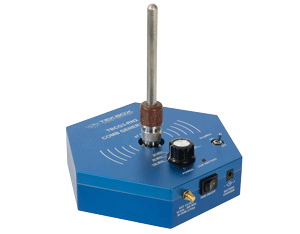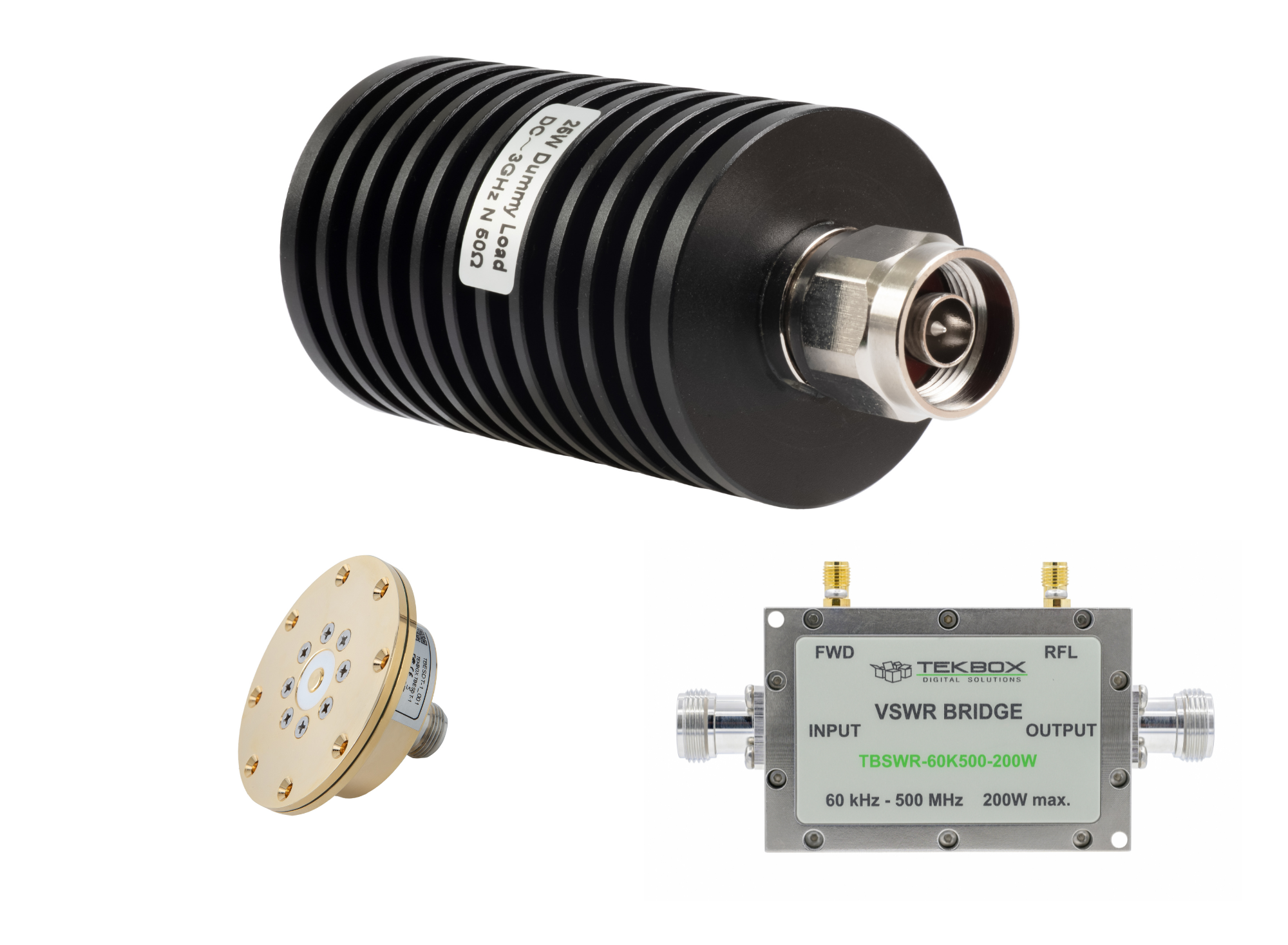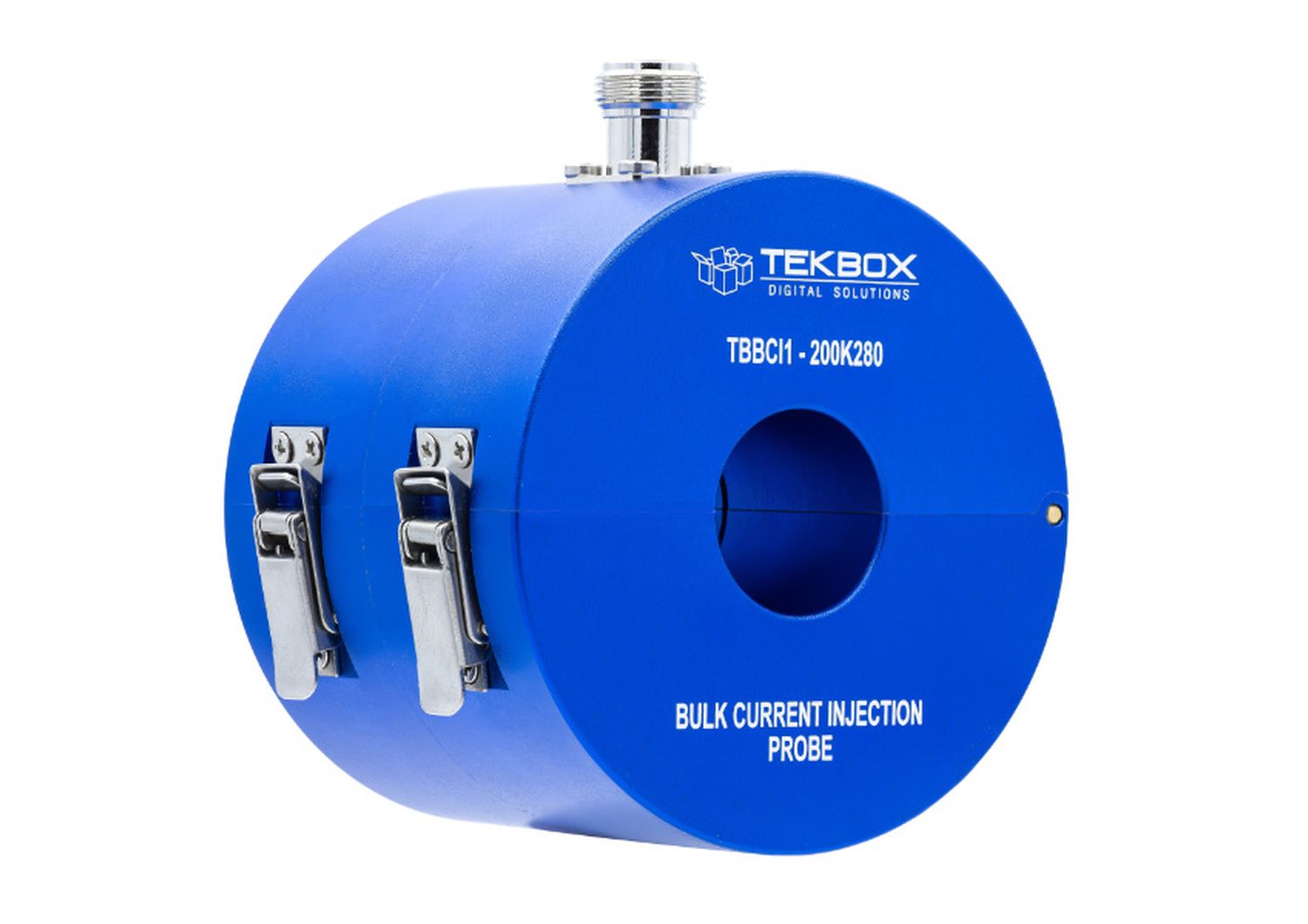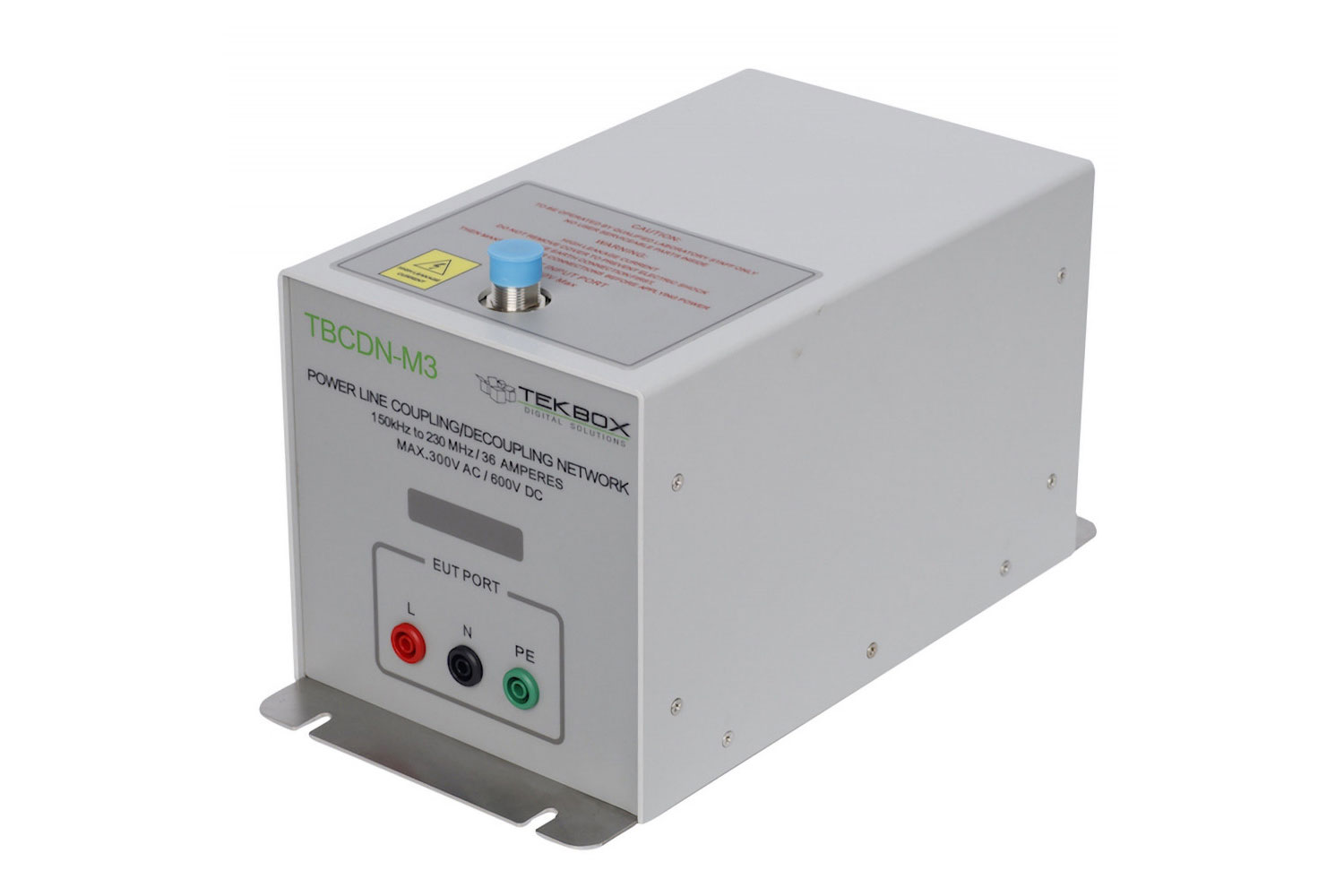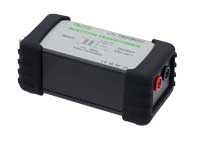A spectrum analyser with a tracking generator can be a useful piece of test gear. This application note covers making a simple loss measurement on a coaxial cable with BNC connectors.
Required:
– Two N-type to BNC Adapters. Select adapters that convert N-type (in/out connectors on most spectrum analyzers) to the cable type you are testing. Also note that higher quality connectors (Silver plated, Beryllium Copper pins, etc..) equal better longevity and repeatability.
Figure 1: N-type to BNC adapter
– A short reference cable with terminations that match your adapters and cableunder-test.
– An adapter to go between the reference cable and the cable-under-test. This experiment will use a BNC “barrel connector”. Note that higher quality connectors (Silver plated, Beryllium Copper pins, etc..) equal better longevity and repeatability.
Figure 2: BNC barrel adapter
– Alternately, you can use two adapters a short cable as a reference assembly to normalize the display before making cable measurements. This removes the need to have the cable-to-cable adapter.
– Spectrum analyser with Tracking Generator (TG)
Steps:
1) Turn on Spec An and attach adapters to the tracking generator (TG) output and RF Input.
2) Connect the reference cable to the TG out and RF In.
Figure 3: Measuring reference cable
3) Adjust Span of scan for frequency range of interest.
4) Adjust TG output amplitude and spectrum analyser display to view the entire trace.
5) Enable TG.
Figure 4: Reference cable insertion loss before normalization.
6) Normalize the reference insertion loss. This mathematically subtracts a reference signal (stored automatically) from the input signal.
– With the Rigol DSA815 Press TG > NORMALIZE > STOR REF and then Enable
Normalize
Figure 5: Reference cable insertion loss after normalization.
7) Disconnect the reference cable from the RF input.
8) Place cable-to-cable adapter (BNC barrel or other) and connect to the cable to test.9) Connect the cable-under-test to test to RF input and enable the TG.
Figure 6: Cable-under-test connected.
The screen displays the cable-under-test losses plus the error of the cable-to-cable adapter.
Figure 7: Cable-under-test loss.
Home / Knowledge Base / Knowledge Base Spectrum Analysers / Knowledge Base DSA800 Series / Measuring Cable Loss with a Spectrum Analyser
Measuring Cable Loss with a Spectrum Analyser
Posted on: December 16th, 2020 by Doug Lovell
Product Categories
AC Power Supplies / Frequency ConvertersDC Power Supplies
DC Electronic Loads
Test & Measurement
Safety Testers
EMC
Soldering Irons / Test Tools
Manufacturers
Rental
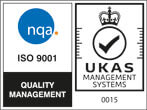
Service & Support
AboutContact
Newsletter
Service Returns Form
Returns Policy
Terms and Conditions
Privacy Policy
Shipping & Delivery
My account


Copyright © 2024. All rights reserved by Telonic Instruments Ltd
Website operated by Jumping Giraffe Ltd. Jumping Giraffe Ltd is not responsible for content on external websites.
























